Jute Geotextile
The term geo-textile stands for “earth” and “textile” stands for “fabric.” The best flexible and cost-efficient ground alteration elements are geotextiles. It’s a sort of specialized textile utilized in substructure, soil, rock, earth, or any other geotechnical engineered substance in a human-made construction, structure, or process.
Their application has spread fast in engineering, geotechnical, ecological, marine, and hydrological engineering. Geo-textile made of jute (geo-jute) is among the best often used natural geotextiles. Because of its environmentally beneficial properties, jute geo-textile is becoming increasingly prominent on the global marketplace.
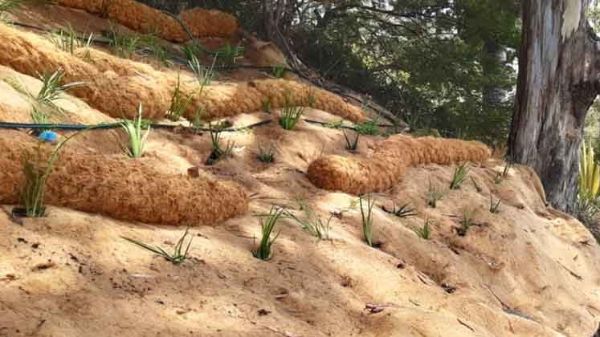
Importance of Jute Geotextile
JGT is utilized in a variety of civil engineering project applications as a waterproof sheet (composite covered nonwoven) to avoid leakage beyond basic defenses such as concrete blocks, shops, cement sealant, and so on.
Beneath physical protection made of concrete slabs, stone, gabions, and other materials, JGT in the shape of impermeable filter fabric (needle perforated jute nonwoven) permits water runoff but prevents soil erosion.
Jute Geotextile (JGT) is an essential jute product with a wide range of applications. It has a wide range of applications, including civil engineering, soil erosion management, roadway concrete building, and river bed protection.
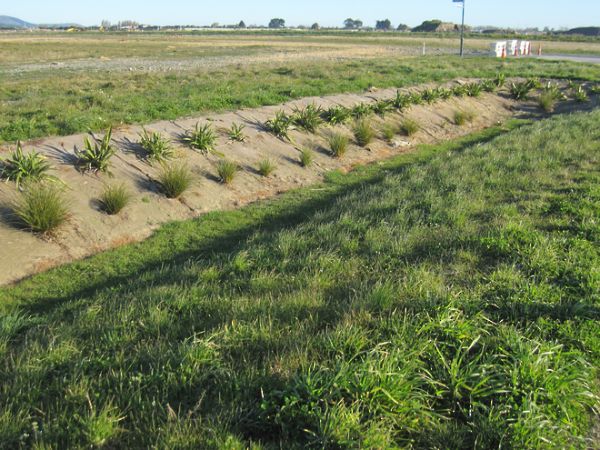
Benefits of Jute Geotextile
Geotextiles are a type of specialized material that is used to solve numerous soil related issues in civil engineering. Synthetic polymers (petrochemical compounds) or natural fibers are used to make them. Jute Geotextiles Have the Following Benefits:
- Capacity to soak large amounts of moisture
- Flexibility
- The ability to drain well
- Natural Geotextiles are less expensive than artificial Geotextiles since they are plentiful in nature.
- The most significant benefit is that it is biodegradable.
Types of Jute Geotextile
Organic or inorganic substances, or a composite of either, are used to create geotextiles. Geotextiles made from natural resources comprise jute, coir, sisal, woody biomass or flakes, and papers. In terms of fabric qualities and shape, Jute Geotextile may be divided into three main categories.
They are Soil Conserve, Knitted Jute Geotextile, and Nonwoven Jute Geotextile are all examples of plain weave Jute Geotextile. Jute Geotextiles are both knitted and nonwoven, are identical to their synthetic equivalents.
When it comes to unstructured weaves Jute Geotextile, though, there is a distinction in structural characteristics. As opposed to large mesh Synthetic Geotextiles, open weave Jute Geotextile has three robust properties (SGT).
Examples of few of our finest manufactured products are mentioned below.
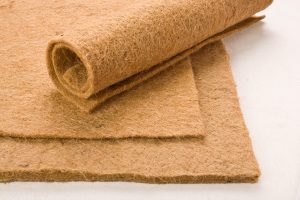
Jute Felt
Biodegradable B. J. Geo-textile Limited Jute pad, also known as jute seed pad, is a fabric made of matted, compressed jute fibers and occasionally blended with vegetable or synthetic fibers using non-woven needle punched technique.
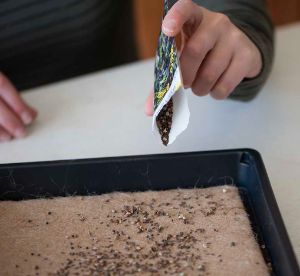
Germination Pad
B. J. GEO-TEXTILE LIMITED creates flexible and permeable sheets that, for the general part, possess the texture of cloth. Their geosynthetics, which include geotextiles, provide exceptional separation, purification, outflow, reinforcing, and erosion prevention capabilities in civil engineering purposes.
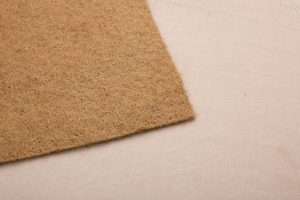
Jute Mat
The strands of the jute plant are used to make the jute mat or carpet. The fibers of a jute mat or carpet are pure, gentle, and long-lasting. The jute carpet is unexpectedly soft, considering its capacity to withstand years of use. In addition, it is one of the comfiest organic fiber carpets on the market.
Why Choose B. J. GEO-TEXTILE LIMITED?
B. J. Geo-textile Limited is one of the finest companies with substantial geotechnical engineering knowledge and advanced geotechnical engineering services. They are proud of their jute geotextile, which maintains soil structure and aids in the growth of vegetation.
The range of products of Jute Geotextile manufactured by B. J. GEO-TEXTILE LIMITED are: Germination Pad, Mulch Mats, Jute Felts/Jute Pad, Oil Spill Mat, Tree Mat, and Bird’s Nest Pad. B. J. GEO-TEXTILE LIMITED (BJ) have been utilizing up-market geotextile manufacturing amenities by blending ecofriendly natural jute and polyester/polypropylene staple fiber felt which are being manufactured for the universally used commercial zone.
The application of our product has wide usage in the following criteria which will definitely persuade you to choose us:
- It's good for preventing surface soil degradation.
- Building a dam on shaky ground.
- Splitting by reinforcing the road pavement and outer layer.
- Useful in various situations involving river and canal erosion management.
- Assisting in the development of vegetation
- Briar is used to cultivate weed.
- Mulching using agroplants.
Applications of Jute Pad
Jute Geotextile made from fibers of jute plant have proved effective in addressing soil-related problems in civil engineering and agriculture.
The applications are as follows:
- Useful for control of surface soil erosion.
- Construction of a dam on weak soil.
- Strengthening road pavement and surface for separation.
- Used in all applications related to erosion control in river and waterways.
- Helpful for drainage and temporary reinforcement.
- Aiding vegetation establishment.
- Briar for growing weed.
- Agroplant mulching.
FAQ
Synthetic fibers such as polyester or polypropylene are commonly used to construct geotextiles, which result in a flexible and porous fabric capable of giving stiffness and durability. The following are the three fundamental types:
- Woven: This is woven and looks like sacking.
- Needle-punched: This has a felt-like texture.
- Heat-bonded felt is similar to ironed felt.
A geotextile is defined as any permeable textile material that is used with foundation, soil, rock, earth, etc. to increase stability and decrease wind and water erosion. A geotextile may be made of synthetic or natural fibers.
Geotextiles are those fabrics used in geotechnical applications, such as road and railway embankments, earth dikes, and coastal protection structures, designed to perform one or more basic functions such as filtration, drainage, separation of soil layers, reinforcement, or stabilization.
Conclusion
The usage of jute geotextile might be one of the promising sectors to resuscitate the jute sector in general, regardless of all the possible applications of jute. As a result, greater jute demand will assist to alleviate poverty in jute-growing regions and improve the residing circumstances of farmers and employees.
As a result, its adaptability is just now becoming apparent as the world waits for this naturally golden fiber to emerge as the appropriate option for contemporary civil engineering projects such as roads, railroad tracks, soil depletion management, and other necessities for humanity’s advancement.
The extensive details of our product will help you to get your exclusive jute geotextile product instantly at B. J. GEO-TEXTILE LIMITED (BJ). Hence, if you are looking such kind of product feel free to contact us instantly.

